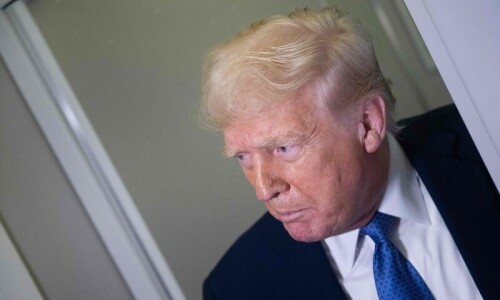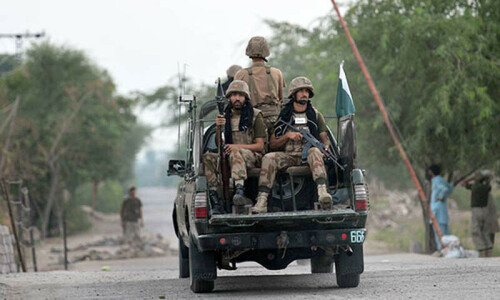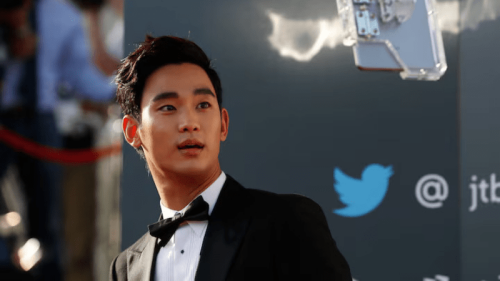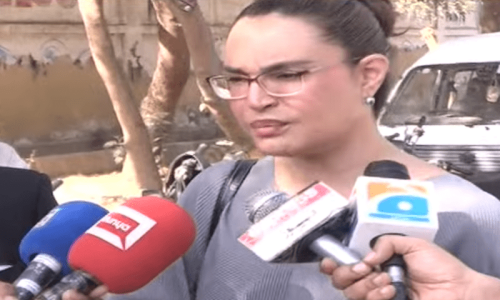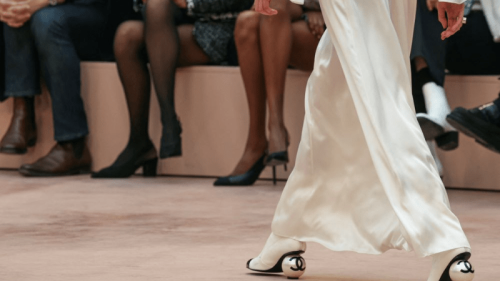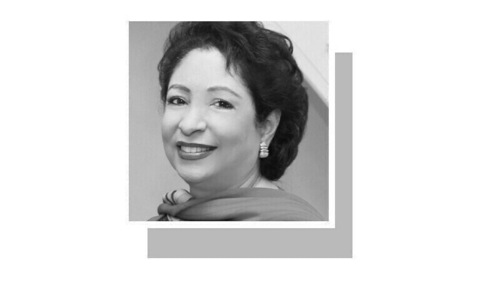THE traditions of the Indian performing arts are like flowing rivers that often replenish themselves at the font of inspiration and innovation. While many gurus (or Masters) provided Indian classical dance (and music) forms with concept, content and context, a few also proved to be path-breaking leaders whose example inspired others and made them take such narratives further.
Indian classical dance forms were the preserve of traditional gurus, whose art was almost hereditary. Though not castes in themselves, these artistes were a class in society with distinct attributes of lineage, role and a place in the temple milieu, where these art forms mostly flourished, or in the royal courts. Consequently, in the case of Rukmini Devi Arundale, the first major context was the caste system itself. In this case, it worked in reverse. Traditionally, while Brahmins retained and promoted scriptural knowledge (in the fields of astronomy, astrology, vedic or non-vedic rituals), in the context of Indian classical dances, until the 1930s, teaching and dancing were the preserve mostly of a class (not caste) of total or ‘complete’ artistes (so-called, as they were well-versed in literature, music and dance in totality, and not piecemeal, as we see practised today), called variously as the devadasis on the south coast, the maharis in the east, the mohinis on the west coast, or the vilasinis on the upper-east coast. These arts were transmitted orally, as in Brahminical traditions, from guru to shishya — a master to a ward. On December 30, 1935, to celebrate the Annual Convention of the Theosophical Society, a short dance performance was planned. The venue was the headquarters of the Society in Adayar, Madras, and it was the first appearance of a woman who had no real background in the dance of the dasis. It was unheard of that a Brahmin woman would publicly dance the art of the devadasis, sullied and shunned by polite society.
While the dance form itself was valued, its dancer was not, largely because some of those artistes, who had fallen on bad days, had taken to the world’s oldest profession. Over a thousand aficionados had assembled for the event, more out of curiosity than real interest, and all of them sat transfixed. A handful of die-hards, bent on boycotting the event, sneaked in to condemn the dancer, Devi.
Bharatanatyam, an ancient art form, had evolved to become one in which teachers were mostly males, and dancers, females. By convention, a devadasi could keep one patron, or more. Sons born of such alliances took to nattuvangam and daughters took to dance. Nattuvangam is the art of conducting a dance recital by keeping rhythm and reciting syllables, while wielding small cymbals. The nattuvanars were the heads of the clan, or family, and each devadasi was normally attached to a temple. Patronage thus came from the temples, its natural moorings. It was this environment in which the dance form took birth and developed. However, the long years of colonial rule gradually eroded local and district-level patronage and this, in turn, slowly but surely, began affecting the fortunes of the artistes as well. Polite society shunned devadasis, mistaking the symptom for the disease. One daughter of such a devadasi became a barrister — Dr Muthulakshmi Reddy — and fought for its abolishment. She succeeded in 1947, when India became independent. At the same time, another activist-lawyer-dancer, E. Krishna Iyer, had also espoused the case and cause of the devadasis. Iyer danced dressed as one, and presented them on prestigious platforms such as the citadel of Brahmin culture, the Madras Music Academy. The last great devadasi of Madras, Balasaraswati, gave a befitting account of her mastery and art by singing and dancing in the Music Academy ‘yaaruku bhayama’ (‘Of whom am I afraid? Or, I fear none ...’). She also stood her ground and inspired several who did not possess the tools of the English language to hold forth or present their point of view. Balasaraswati, therefore, represented a world that was vanishing and an art form that was gradually becoming a reference point and also undergoing a class metamorphosis.
At the time, Devi herself had no revivalist agenda, or any save-the-dance-from-the-devadasi crusade that, soon after, became the discourse. She, willy nilly, became the eye of the storm.
In the 1930s, when Devi took to the stage, she was not delinking a tradition or sounding its death knell, but merely taking on an existing tradition and moving it into a more public domain. A traditional classical dance form like Bharatanatyam had already been seen at weddings of important chieftains and local rulers called zamindars. Devi’s association with, and usage of, a form like Bharatanatyam positioned her in a unique role as a catalyst of change. Did she plan it? Knowing her personally for long and my father, the late Mohan Khokar, being her first male student from north India, one can authoritatively say, no. She was beyond self-projection; she was on another plane and dimension; she was a mere receptor and preceptor. Devi was destined to make, and rewrite, the history of the dancing arts in south India, although many others had preceded her by a good five to 10 years, especially male dancers such as Ram Gopal and Uday Shankar, who were already touring Europe in the 1930s when she made her debut. Her example made many take to Bharatanatyam; thus, indirectly or directly, Devi provided a leadership role and empowered many women. Overnight, new stars such as Baby Kamala (Laxman), Kausalya and Shakuntala were ‘born’ and feted. Films, in which compositions of classical dance were used, became a regular feature and later-day stars like Rajilakshmi, Vyjayanthimala Bali and E.V. Saroja added lustre and celebrity-standing; many gurus such as Vazuvuhor Ramaiah Pillai directed sequences for film-makers such as the director Subrahmanyam (father of renowned dancer, Dr Padma Subrahmanyam), whose dance films gave several dancers in general and Bharatanatyam, in particular, a wider outreach.
However, the grand success of the performance on December 30, 1935, proved to be a turning point for many: for Devi herself, of course, but also for the development of Bharatanatyam and the setting up in 1936 of the greatest of all such institutions for teaching Bharatanatyam — the Kalakshetra. This unique dance community had been conceived as an integrated one, a family. The residential cottages, the classrooms, the rehearsal hall, mess and administrative block were all cheek by jowl and there was energy in the air.
Initially set up as the international Academy of the Arts, in 1939 it was rechristened Kalakshetra, temple of the arts. In June 1940, Kalakshetra was registered as a Society.
The above excerpt is taken from the chapter, ‘Leadership in the arts: Rukmini Devi Arundale’ by Ashish Mohan Khokar.
Excerpted with permission from Interrogating Women’s Leadership and Empowerment
Edited by Omita Goyal,Chief Editor, IIC Quarterly Journal, India International Centre
SAGE Publications, India
ISBN 978-93-515-0079-7
296pp.


















